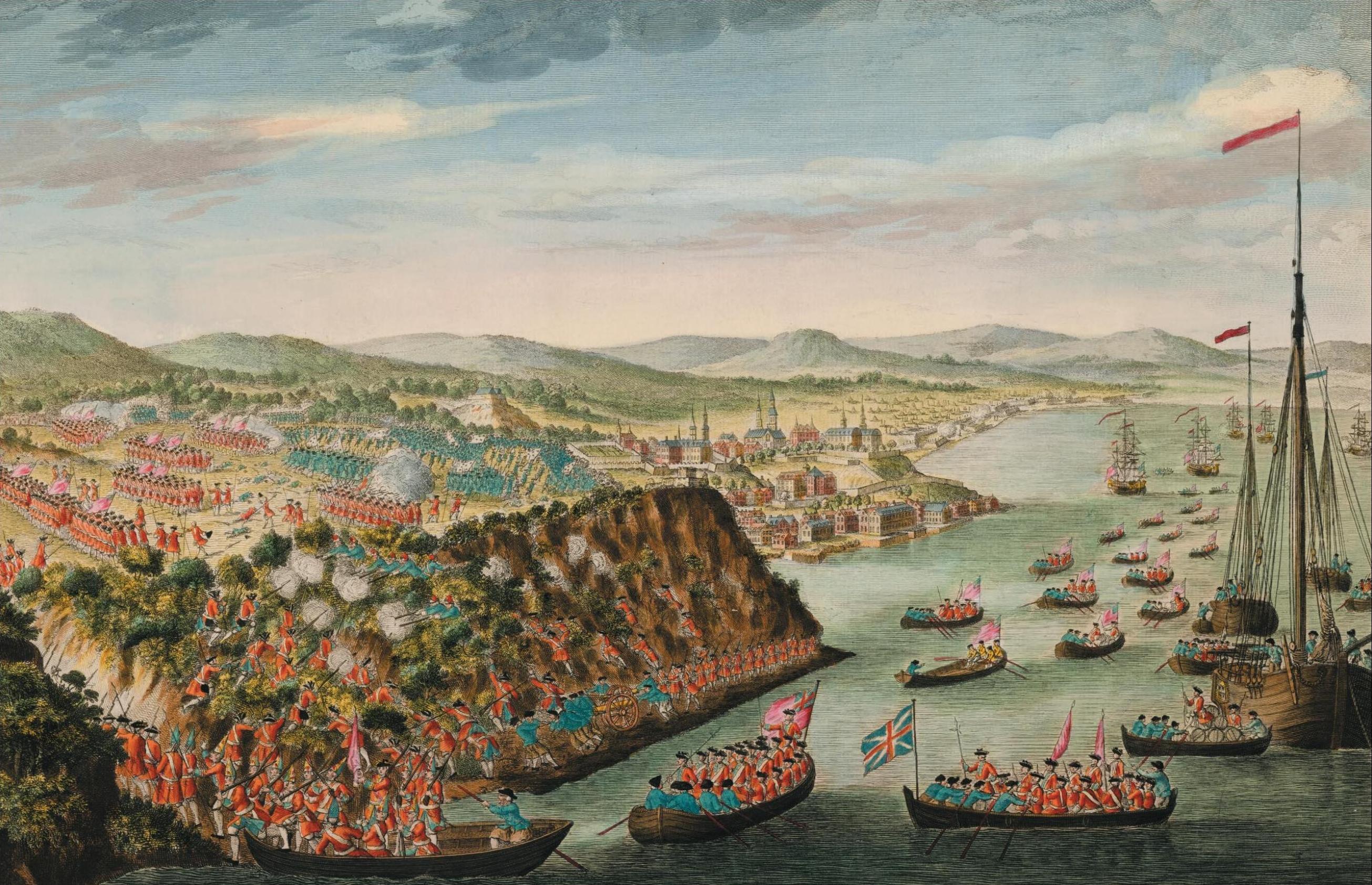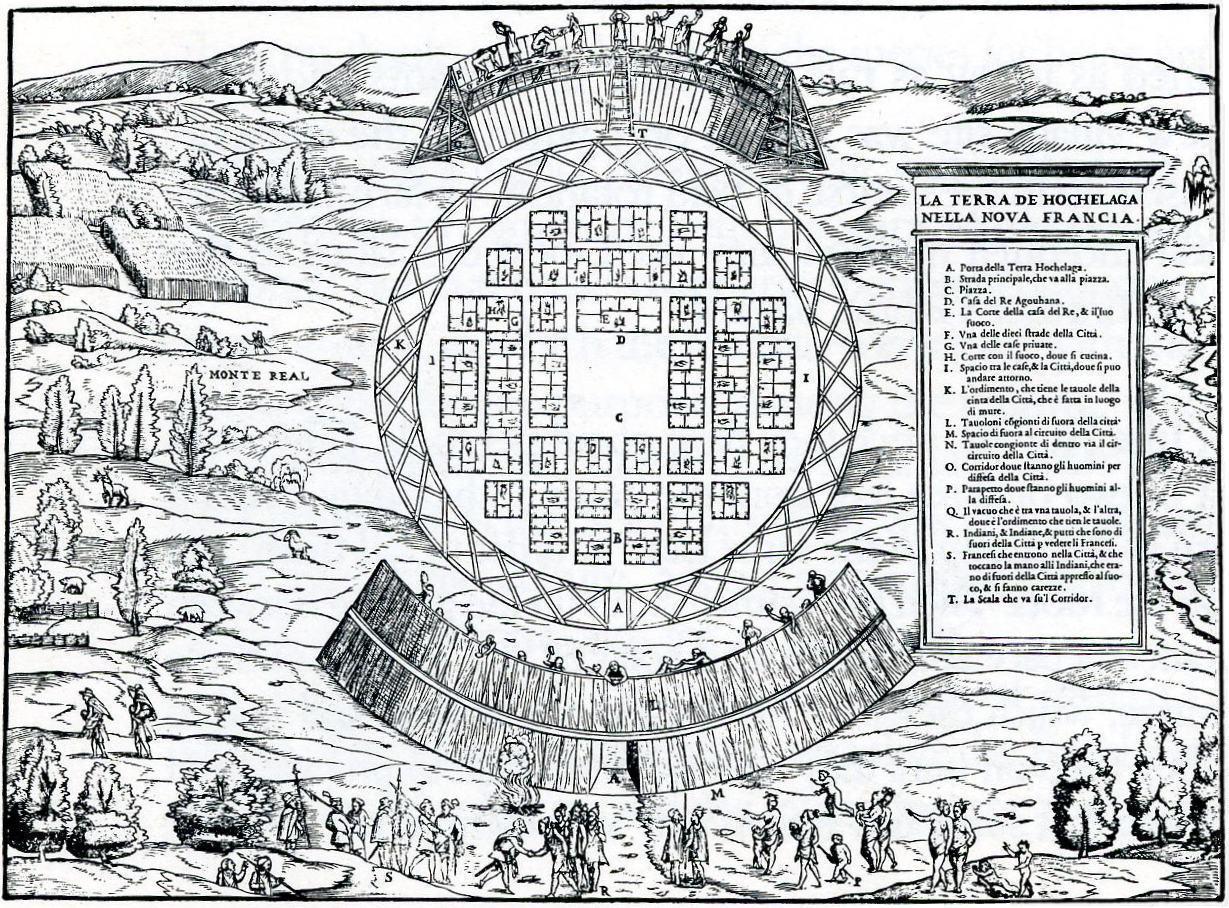|
Articles Of Capitulation Of Montreal
The Articles of Capitulation of Montreal were agreed upon between the Governor General of New France, Pierre François de Rigaud, Marquis de Vaudreuil-Cavagnal, and Major-General Jeffery Amherst on behalf of the French and British crowns. They were signed on 8 September 1760 in the British camp before the city of Montreal, during the French and Indian War after a two month campaign which led to the fall of the city. There were 55 articles, including a large array of demands with regards to the protection of the inhabitants of New France: the French, the Canadians, the Acadians, and the ''Sauvages'' (Indians). De Vaudreuil demanded that all be granted the rights and privileges of the other British subjects. These consisted an amnesty of Canadian militiamen who had fought for the French, the free exercise of the Roman Catholic faith, the continuation of the ownership of black and Indian slaves by French Canadians, the continuation of the rights and privileges of the clergy and se ... [...More Info...] [...Related Items...] OR: [Wikipedia] [Google] [Baidu] |
Capitulation Montreal
{{disambig ...
Capitulation may have the following special meanings. *Capitulation (surrender) ** Stock market capitulation *Capitulation (treaty) **Capitulations of the Ottoman Empire * Capitulation (algebra) * Conclave capitulation *Electoral capitulation An electoral capitulation (german: Wahlkapitulation) was initially a written agreement in parts of Europe, principally the Holy Roman Empire, whereby from the 13th century onward, a candidate to a prince-bishopric had to agree to a set of precondi ... [...More Info...] [...Related Items...] OR: [Wikipedia] [Google] [Baidu] |
Articles Of Capitulation Of Quebec
The Articles of Capitulation of Quebec were agreed upon between Jean-Baptiste Nicolas Roch de Ramezay, King's Lieutenant, Admiral Sir Charles Saunders, and General George Townshend on behalf of the French and British crowns during the Seven Years' War. They were signed on 18 September 1759, shortly after British victory in the Battle of the Plains of Abraham. All 11 demands of De Ramsay were granted by the British Army: the honors of war, the protection of the civilians and their properties, the free exercise of the Roman Catholic religion, etc. Several months later, on 28 April 1760, the French Royal Army attempted to retake Quebec City, at the Battle of Sainte-Foy. Although victorious in battle, the French were unable to retake the city due to a lack of naval support. General Chevalier de Lévis lifted the siege after the French Navy was defeated at the Battle of Neuville. Nearly a year after the Articles of Capitulation for Quebec was signed, the government of New Franc ... [...More Info...] [...Related Items...] OR: [Wikipedia] [Google] [Baidu] |
18th Century In Quebec
18 (eighteen) is the natural number following 17 and preceding 19. In mathematics * Eighteen is a composite number, its divisors being 1, 2, 3, 6 and 9. Three of these divisors (3, 6 and 9) add up to 18, hence 18 is a semiperfect number. Eighteen is the first inverted square-prime of the form ''p''·''q''2. * In base ten, it is a Harshad number. * It is an abundant number, as the sum of its proper divisors is greater than itself (1+2+3+6+9 = 21). It is known to be a solitary number, despite not being coprime to this sum. * It is the number of one-sided pentominoes. * It is the only number where the sum of its written digits in base 10 (1+8 = 9) is equal to half of itself (18/2 = 9). * It is a Fine number. In science Chemistry * Eighteen is the atomic number of argon. * Group 18 of the periodic table is called the noble gases. * The 18-electron rule is a rule of thumb in transition metal chemistry for characterising and predicting the stability of metal complexes. I ... [...More Info...] [...Related Items...] OR: [Wikipedia] [Google] [Baidu] |
1760 In The British Empire
Year 176 ( CLXXVI) was a leap year starting on Sunday (link will display the full calendar) of the Julian calendar. At the time, it was known as the Year of the Consulship of Proculus and Aper (or, less frequently, year 929 ''Ab urbe condita''). The denomination 176 for this year has been used since the early medieval period, when the Anno Domini calendar era became the prevalent method in Europe for naming years. Events By place Roman Empire * November 27 – Emperor Marcus Aurelius grants his son Commodus the rank of ''Imperator'', and makes him Supreme Commander of the Roman legions. * December 23 – Marcus Aurelius and Commodus enter Rome after a campaign north of the Alps, and receive a triumph for their victories over the Germanic tribes. * The Equestrian Statue of Marcus Aurelius is made. It is now kept at Museo Capitolini in Rome (approximate date). Births * Fa Zheng, Chinese nobleman and adviser (d. 220) * Liu Bian, Chinese emperor of the Han Dynasty ... [...More Info...] [...Related Items...] OR: [Wikipedia] [Google] [Baidu] |
History Of Montreal
The history of the area around what is now known as Montreal, Montreal itself was established in 1642, located in what is now known as the province of Quebec, Canada, spans about 8,000 years. At the time of European contact, the area was inhabited by the St. Lawrence Iroquoians, a discrete and distinct group of Iroquoian-speaking indigenous people. They spoke Laurentian. Jacques Cartier became the first European to reach the area now known as Montreal in 1535 when he entered the village of '' Hochelaga'' on the Island of Montreal while in search of a passage to Asia during the Age of Exploration. Seventy years later, Samuel de Champlain unsuccessfully tried to create a fur trading post but the Mohawk of the Iroquois defended what they had been using as their hunting grounds. A fortress named Ville Marie was built in 1642 as part of a project to create a French colonial empire. Ville Marie became a centre for the fur trade and French expansion into New France until 1760, whe ... [...More Info...] [...Related Items...] OR: [Wikipedia] [Google] [Baidu] |
1760s In New France
Year 176 ( CLXXVI) was a leap year starting on Sunday (link will display the full calendar) of the Julian calendar. At the time, it was known as the Year of the Consulship of Proculus and Aper (or, less frequently, year 929 ''Ab urbe condita''). The denomination 176 for this year has been used since the early medieval period, when the Anno Domini calendar era became the prevalent method in Europe for naming years. Events By place Roman Empire * November 27 – Emperor Marcus Aurelius grants his son Commodus the rank of ''Imperator'', and makes him Supreme Commander of the Roman legions. * December 23 – Marcus Aurelius and Commodus enter Rome after a campaign north of the Alps, and receive a triumph for their victories over the Germanic tribes. * The Equestrian Statue of Marcus Aurelius is made. It is now kept at Museo Capitolini in Rome (approximate date). Births * Fa Zheng, Chinese nobleman and adviser (d. 220) * Liu Bian, Chinese emperor of the Han Dynasty ... [...More Info...] [...Related Items...] OR: [Wikipedia] [Google] [Baidu] |
1760 In The French Colonial Empire
Year 176 ( CLXXVI) was a leap year starting on Sunday (link will display the full calendar) of the Julian calendar. At the time, it was known as the Year of the Consulship of Proculus and Aper (or, less frequently, year 929 ''Ab urbe condita''). The denomination 176 for this year has been used since the early medieval period, when the Anno Domini calendar era became the prevalent method in Europe for naming years. Events By place Roman Empire * November 27 – Emperor Marcus Aurelius grants his son Commodus the rank of ''Imperator'', and makes him Supreme Commander of the Roman legions. * December 23 – Marcus Aurelius and Commodus enter Rome after a campaign north of the Alps, and receive a triumph for their victories over the Germanic tribes. * The Equestrian Statue of Marcus Aurelius is made. It is now kept at Museo Capitolini in Rome (approximate date). Births * Fa Zheng, Chinese nobleman and adviser (d. 220) * Liu Bian, Chinese emperor of the Han Dynast ... [...More Info...] [...Related Items...] OR: [Wikipedia] [Google] [Baidu] |
1760 In Canada
Events from the year 1760 in Canada. Incumbents * French Monarch: Louis XV * British and Irish Monarch: George II (died October 25), George III (starting October 25) Governors * Governor General of New France: Pierre François de Rigaud, Marquis de Vaudreuil-Cavagnal * Colonial Governor of Louisiana: Louis Billouart * Governor of Nova Scotia: Charles Lawrence * Commodore-Governor of Newfoundland: James Webb Events * Sunday April 20 – Seven thousand French troops start to recapture Quebec. * Monday April 28 – Murray's 7,714 troops retire to the Citadel, after fighting the Canadiens outside the walls of Quebec. The French prepare to besiege. * Friday May 9 – The belligerents, of each nationality, expect a fleet bringing troops and supplies. An approaching frigate proves to be British. * Thursday May 15 – Two more British war-ships arrive. The British win a naval battle near Quebec. * Saturday May 17 – The French raise the siege of Quebec. * Sunday 6 July – Comm ... [...More Info...] [...Related Items...] OR: [Wikipedia] [Google] [Baidu] |
Battles Of The French And Indian War
A battle is an occurrence of combat in warfare between opposing military units of any number or size. A war usually consists of multiple battles. In general, a battle is a military engagement that is well defined in duration, area, and force commitment. An engagement with only limited commitment between the forces and without decisive results is sometimes called a skirmish. The word "battle" can also be used infrequently to refer to an entire operational campaign, although this usage greatly diverges from its conventional or customary meaning. Generally, the word "battle" is used for such campaigns if referring to a protracted combat encounter in which either one or both of the combatants had the same methods, resources, and strategic objectives throughout the encounter. Some prominent examples of this would be the Battle of the Atlantic, Battle of Britain, and Battle of Stalingrad, all in World War II. Wars and military campaigns are guided by military strategy, whereas ... [...More Info...] [...Related Items...] OR: [Wikipedia] [Google] [Baidu] |



